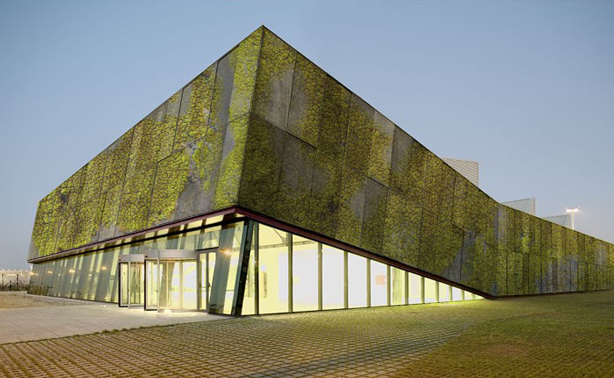Creative + Sustainable
Green development and design
As capital and operating costs continue to rise, businesses seek creative ways to reduce expenses while passing benefits to their clientele. A solution rests under their feet. Poorly-planned infrastructure leads to long term financial burdens on businesses and the communities in which they reside. By implementing sustainable infrastructure techniques, businesses can reduce maintenance expenses and […]
